Got Land?
Learn more about the development, design and procurement processes key to evaluating agricultural or other properties for large scale solar projects.
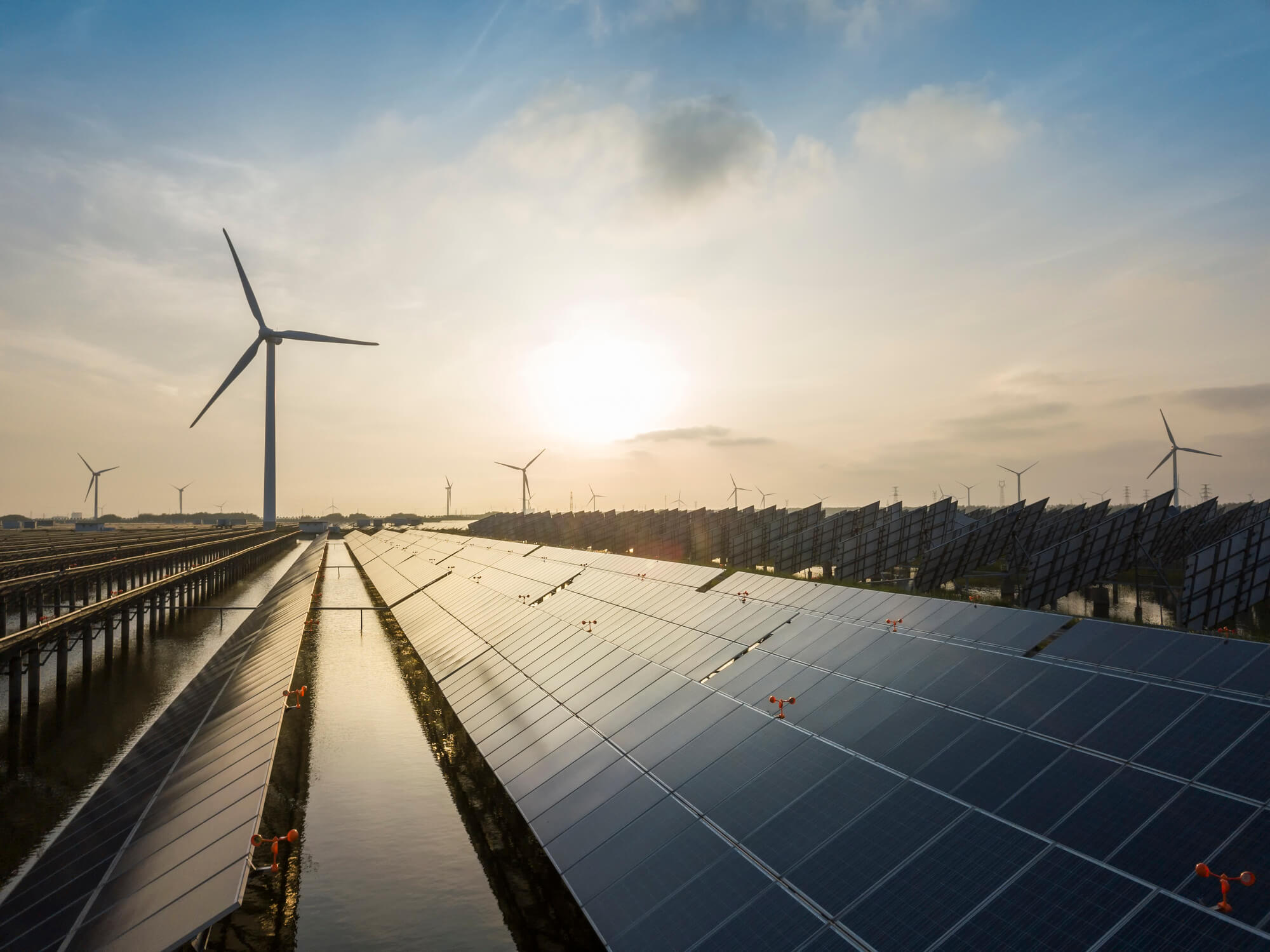

Renewable energy siting can be a complex process for both landowners, developers and utilities. Not all properties are cost effective for development, and others may require extensive environmental mitigation.
As part of its “Investing in Your Energy Future” webinar series, Inovatues Solar recently hosted a discussion to help interested stakeholders understand the challenges and opportunities related to planning and developing large scale solar projects on agricultural or distressed properties.
TRC’s Ben Hach is among the featured panelists addressing important development and design considerations, including the intricacies of site selection, evaluation and feasibility; environmental studies; and permitting.
Our practitioners share their insights and perspectives on the trends and challenges shaping the market.
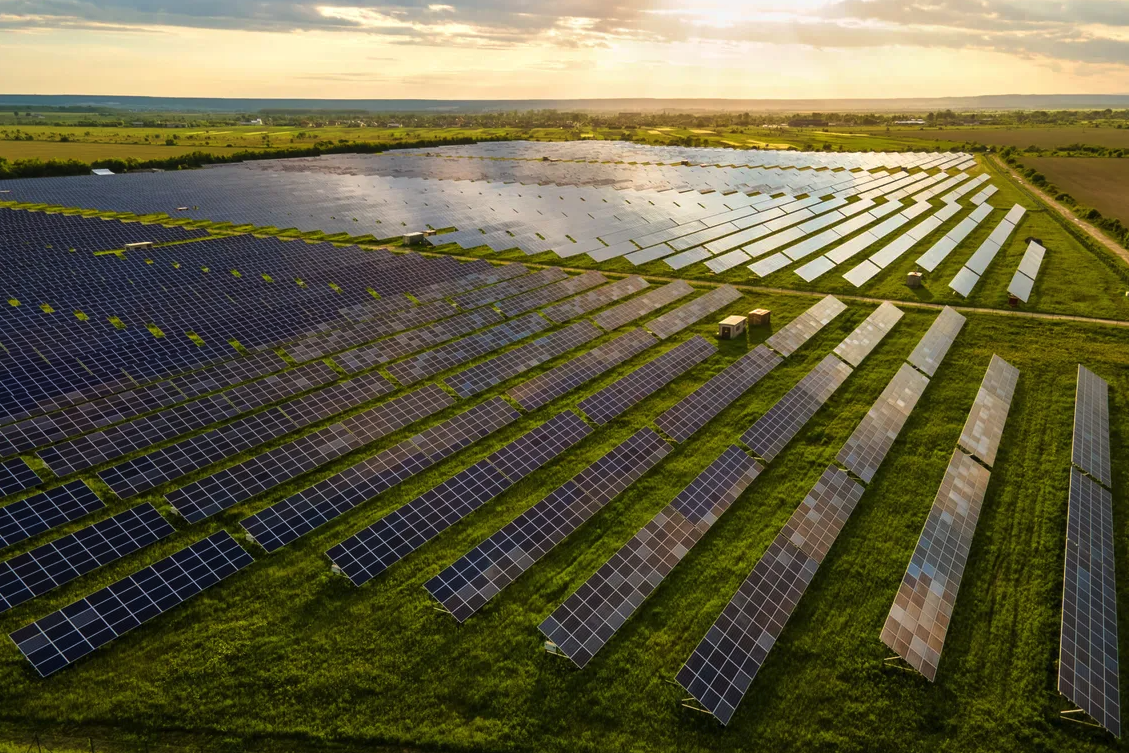
As the power delivery system continues to rapidly evolve due to decarbonization policy initiatives, inverter-based resources (IBRs) are playing an ever-more significant role in generation additions to the bulk power system. NERC and other technical organizations have taken numerous actions to support the reliable integration of these resources.
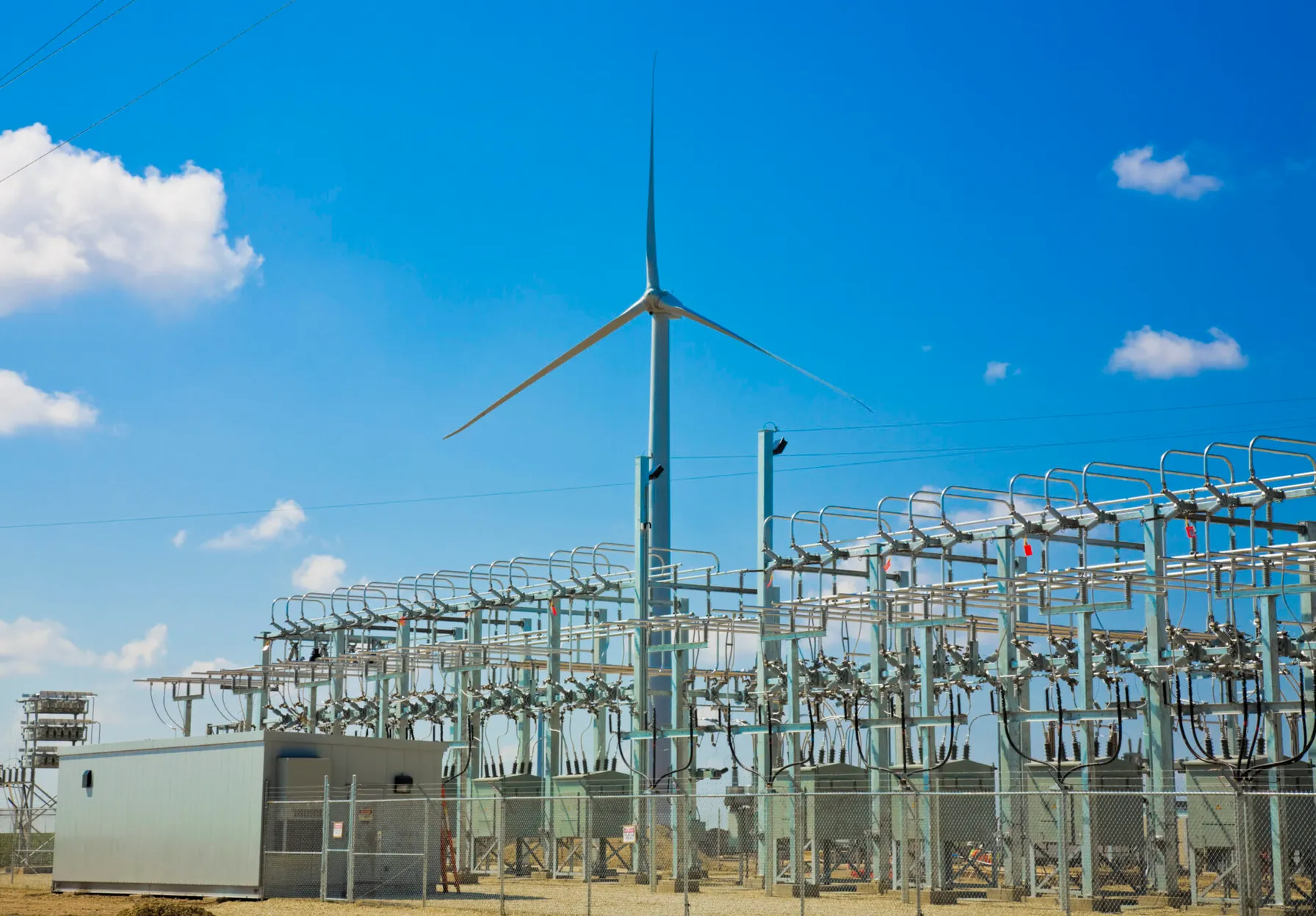
The Federal Energy Regulatory Commission has approved Order 2023 to facilitate and improve the speed and reliability of adding new energy resources to the power system
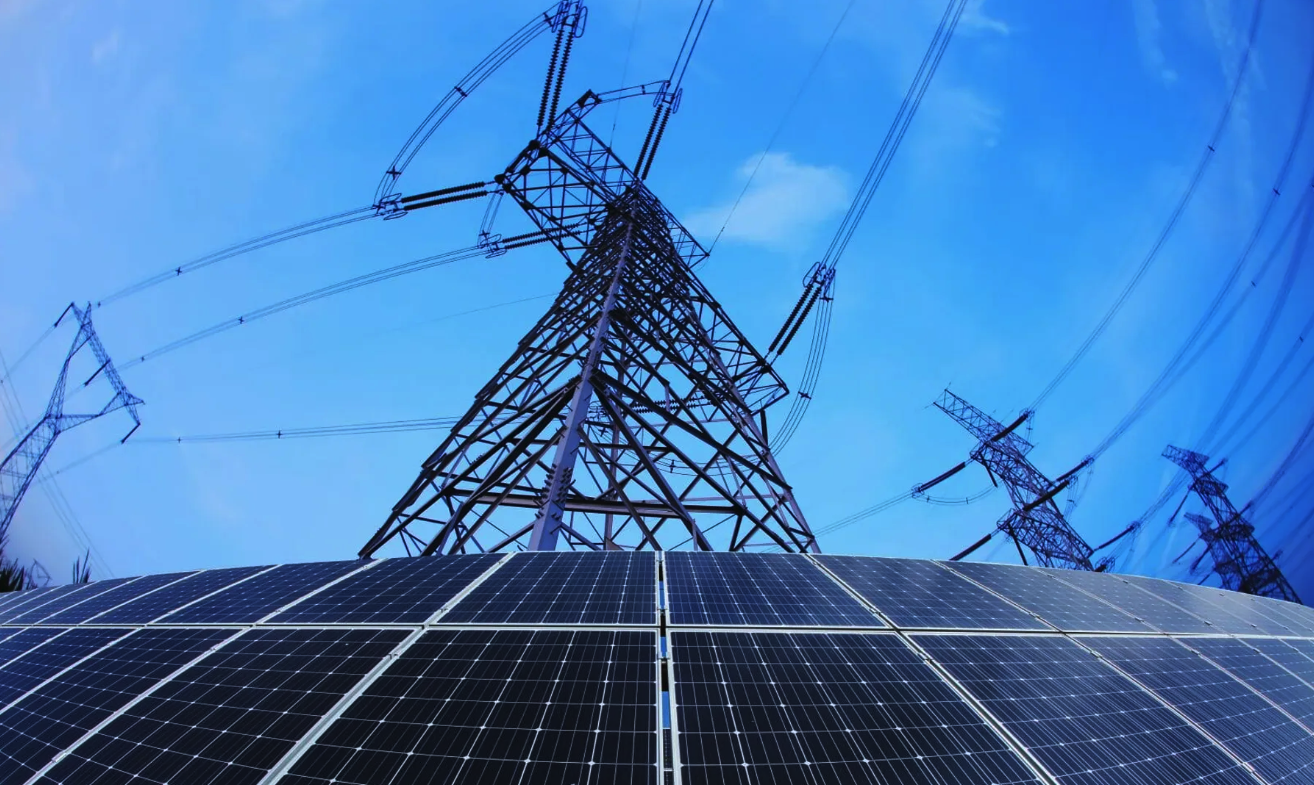
As renewable energy proliferates across the US power system, the North American Electric Reliability Corporation (NERC) continues to actively address reliability risks resulting from the implementation of inverter-based resources (solar and wind generation technology) connected at both transmission and Distributed Energy Resources (DER) levels.
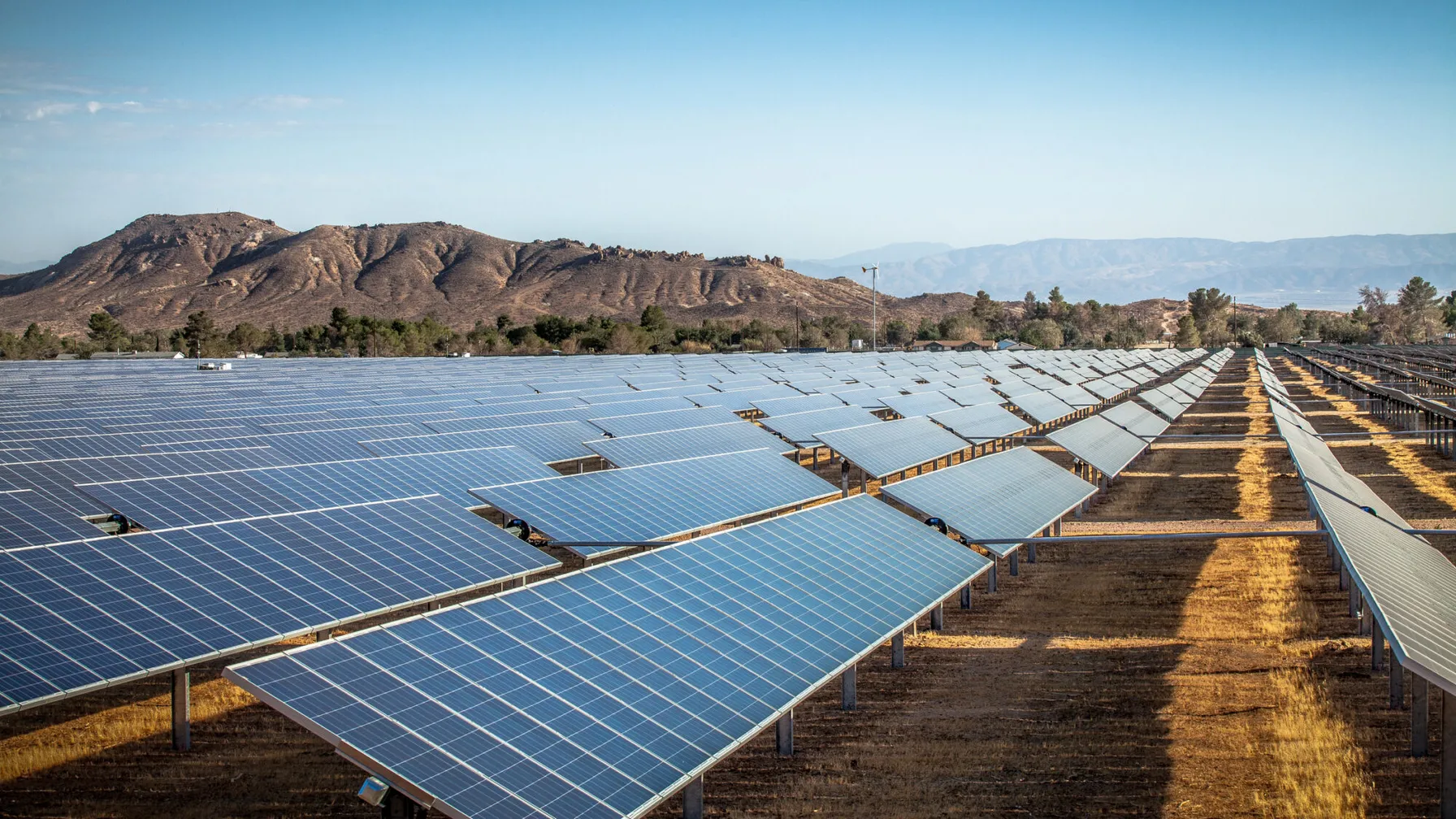
FERC issued an order approving NERC’s compliance filings.
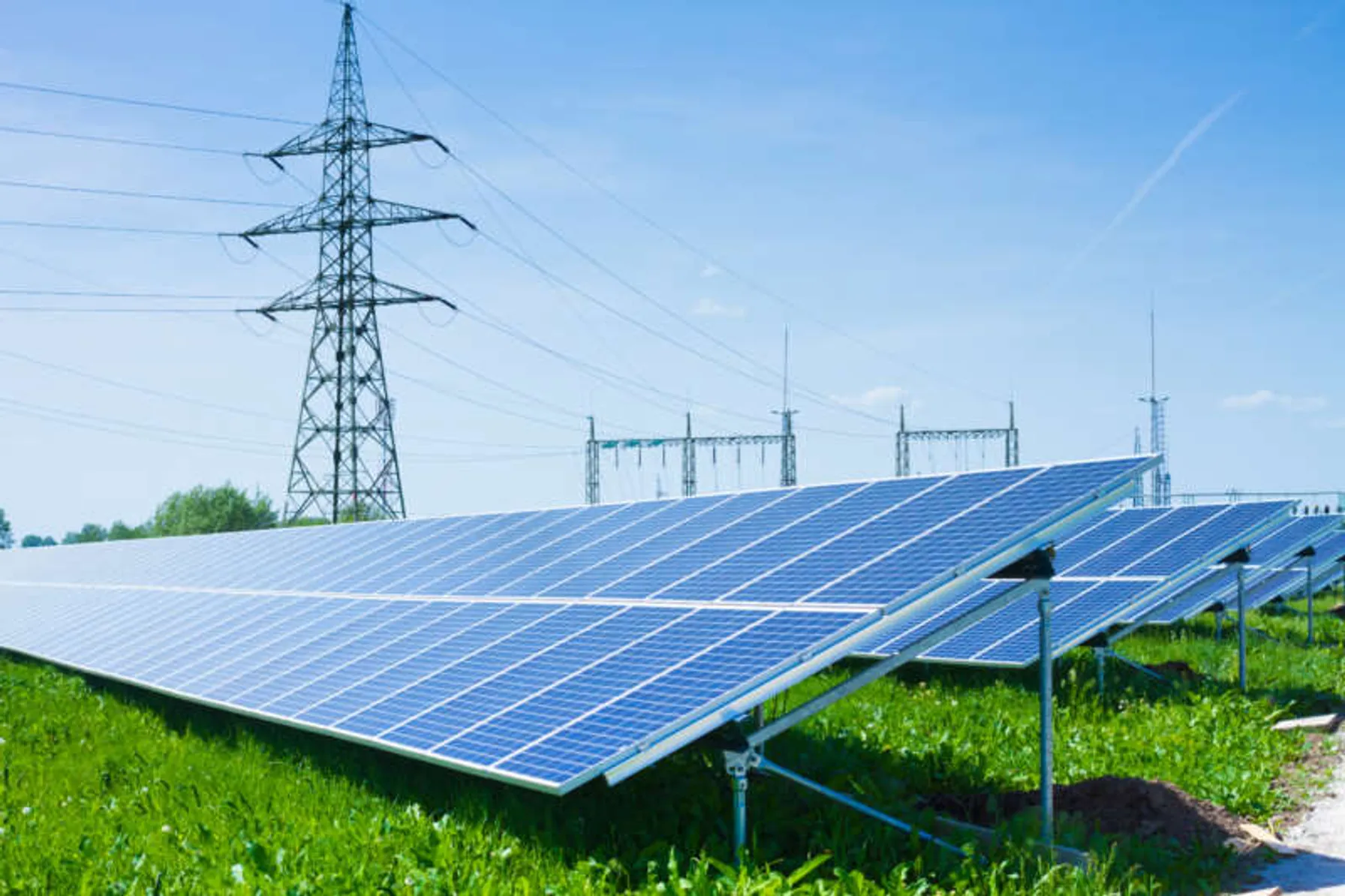
The Federal Energy Regulatory Commission (FERC) recently proposed actions to keep the regulatory process and requirements ahead of reliability risks resulting from the accelerated deployment of Inverter Based Resources (IBR) based solar, wind and battery storage projects.
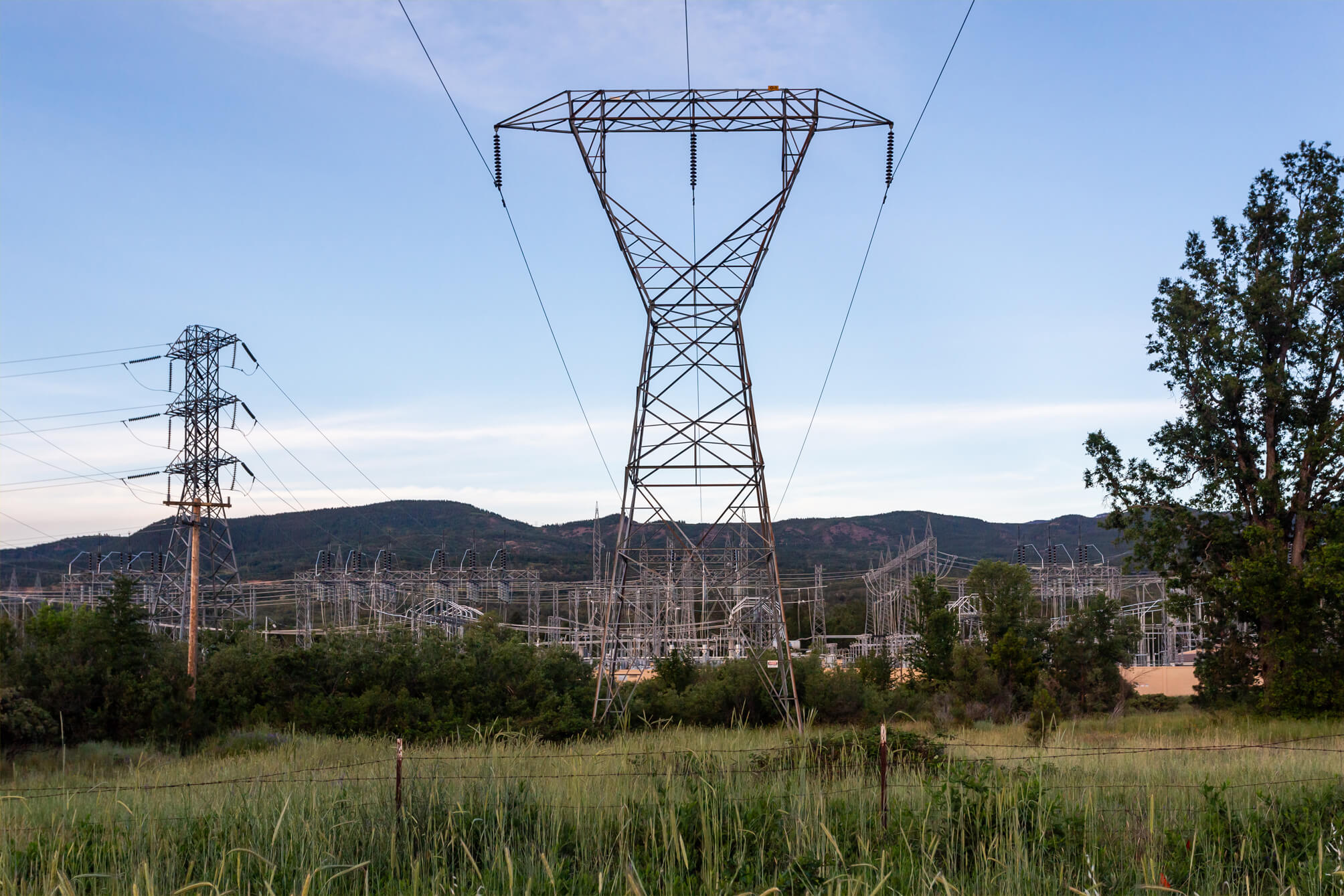
The North American Electric Reliability Corporation (NERC) recently released an Inverter-Based Resource (IBR) Strategy, which details the steps needed to successfully integrate IBR facilities into the planning and operation of the power system. The strategy was put in place due to the rapid interconnection of IBR systems, which are extensively used for solar and wind generating facilities, including new battery-based energy storage systems and are one of the most significant drivers of power grid transformation. Because of control system inconsistencies, IBR facilities pose well-documented risks to power system reliability when this strategy’s practices are not adhered to. NERC’s plan calls attention to the need for thoughtful integration of IBRs and identifies current and future work required to mitigate reliability risks resulting from the deployment of this technology.
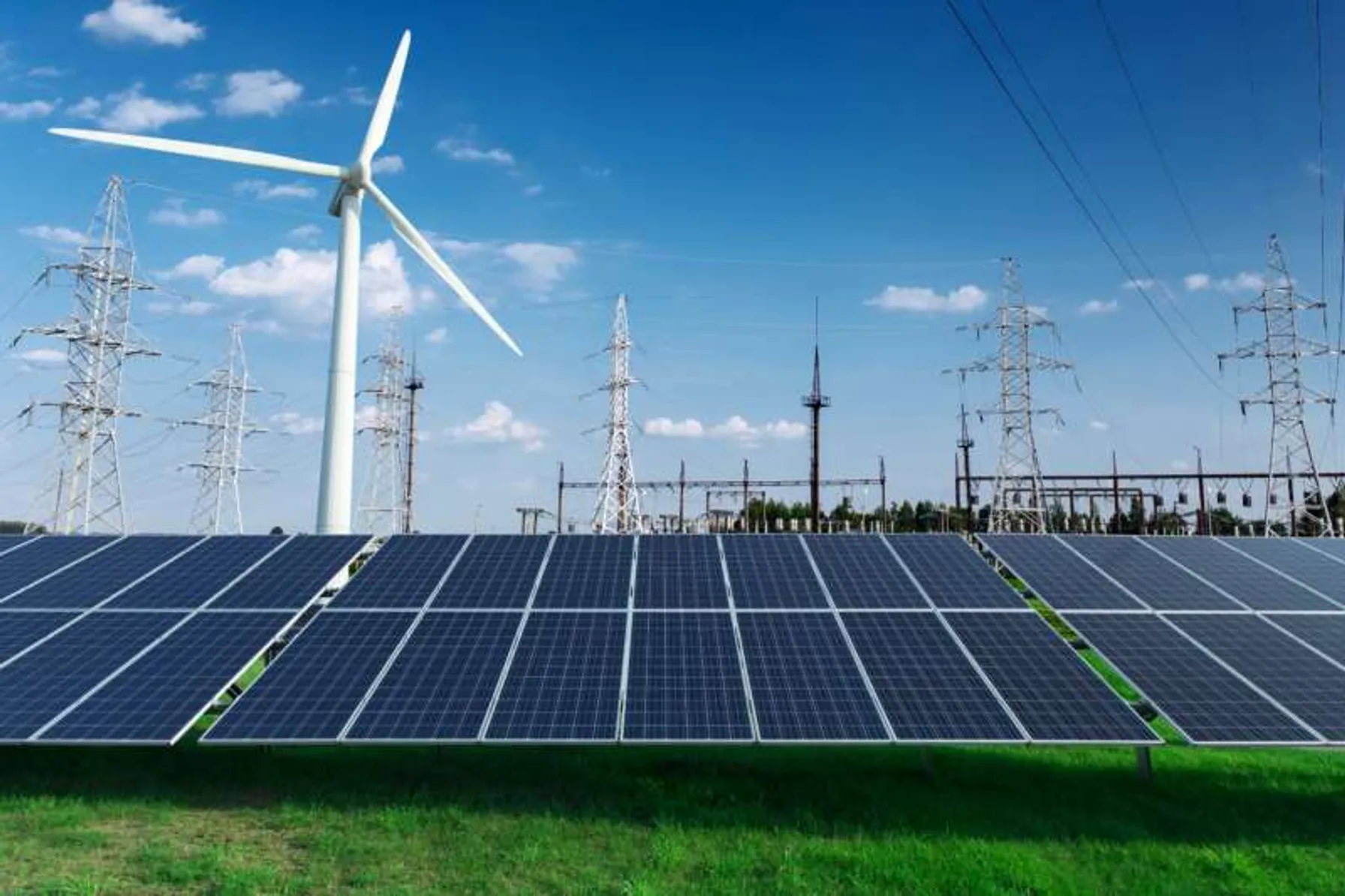
Changes to PRC-024-3 in support of inverter-based generation performance are going into effect in October of this year. Interconnection programs and documentation procedures may need to be updated in order to maintain compliance.
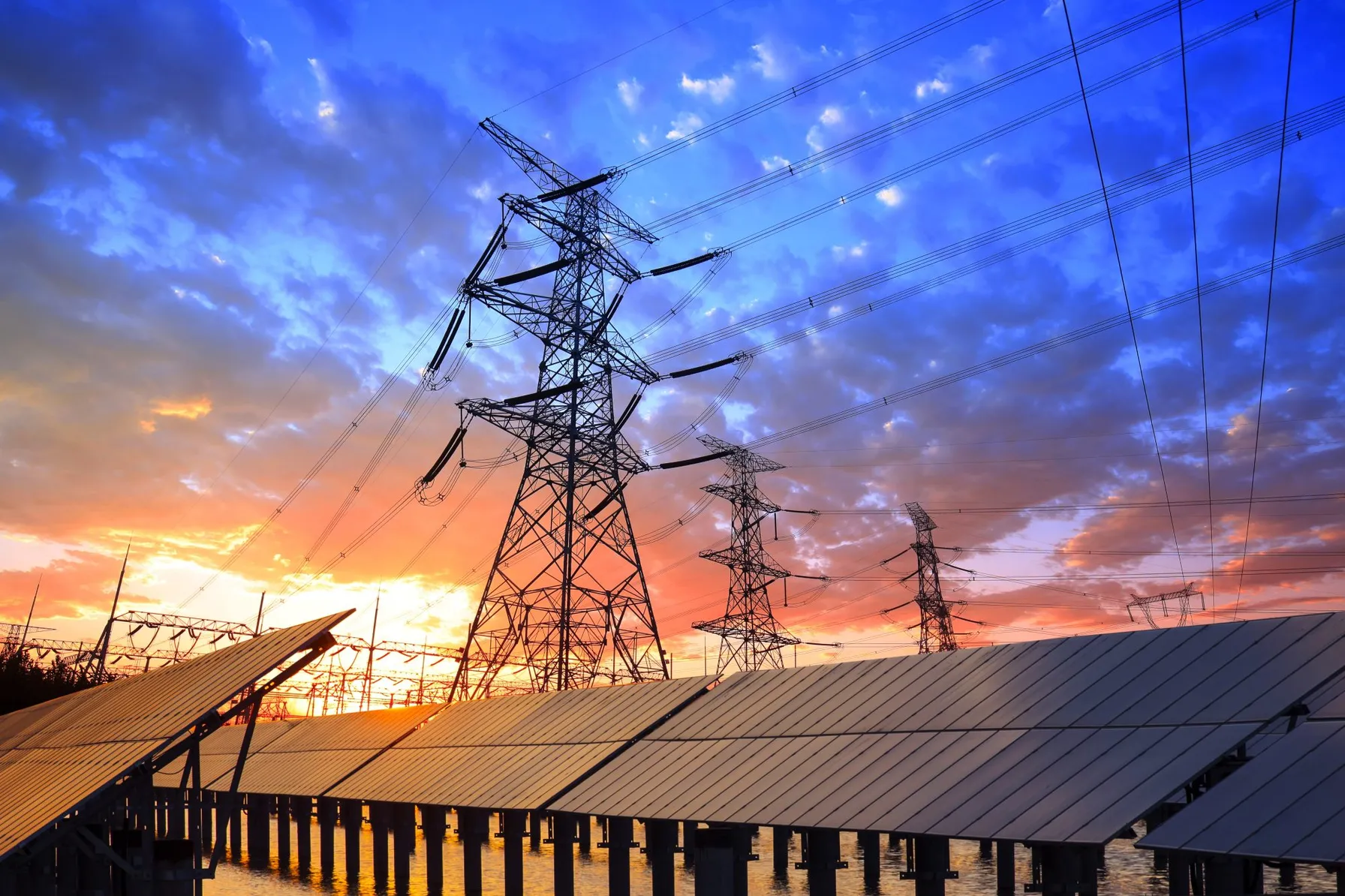
NERC has issued a new report highlighting the key attributes of various inverter controls to support proper implementation and to protect reliability.
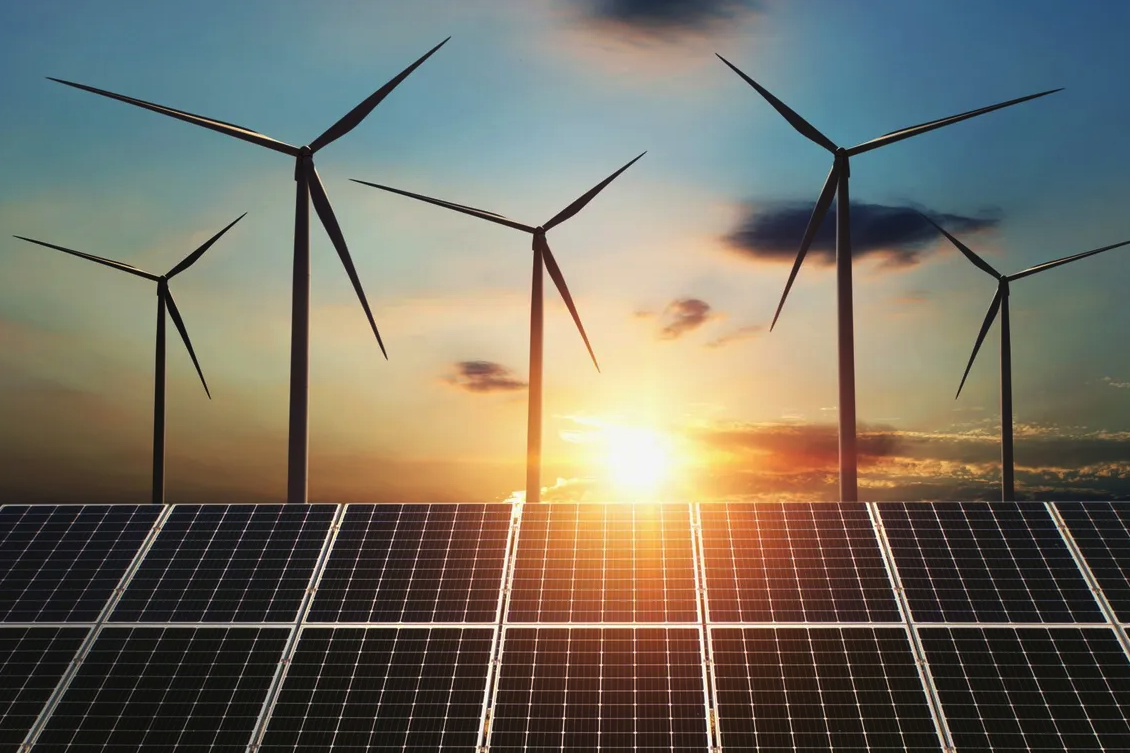
Learn how incorporating agricultural practices into your solar development improves project success Agrivoltaics, the innovative fusion of traditional agricultural practices with solar installations, is revolutionizing land use and energy generation. By seamlessly integrating farming and livestock elements into photovoltaic facilities, solar developers, owners and operators can not only diversify revenue streams but also reduce environmental impact and strengthen community ties. Based on our expertise and experience we explain the benefits, best practices and economic potential of agrivoltaics to build a more sustainable future. What are the Benefits of Agrivoltaics? Agrivoltaics is the simultaneous use of areas of land for both solar photovoltaic power generation and agriculture practices including sheep grazing, row crops, pollinator plants and nearby beehives. Typically, solar panels capture sunshine on structures like roof tops, non-agricultural land, or even cars and road signs. But agricultural land is the most suitable for solar farm construction due to cleared areas, usually relatively flat land, viable, nearby electrical interconnections, lower cost leases and positive landowner relationships. Employing agrivoltaics in a solar development reduces project opposition and operating costs. The land use benefits can support a more streamlined environmental permitting process and enhances community acceptance and local stakeholder support. Agrivoltaics solves complex problems for the landowners, community energy grids and even supplies financial relief over time. This practice is expected to grow at a compound annual growth rate of 10.1%. One main benefit of argivoltaics is to provide another revenue stream for landowners who want to both farm and manage their leased land. Additional benefits are lower Agricultural Impact Mitigation Payments, increased reputation within the local community and more favorable evaluation and approval of solar projects. A recent survey of two U.S. communities found that when agrivoltaics was included as a feature in a proposed solar project, public support for the project increased by 81.8%.

One of the biggest obstacles involved with the transition to renewable energy is speculation about its economic impact. Some worry that switching to renewables will cause instability in the economy, leading to job losses. Many communities across the United States rely on the economic impact of producing, manufacturing or otherwise taking part in the use of hydrocarbons.

The transition to renewable energy sources will have notable environmental impacts as well as economic impacts. To understand the possible implications, you’ll need some background knowledge of the ways fossil fuels affect the environment.
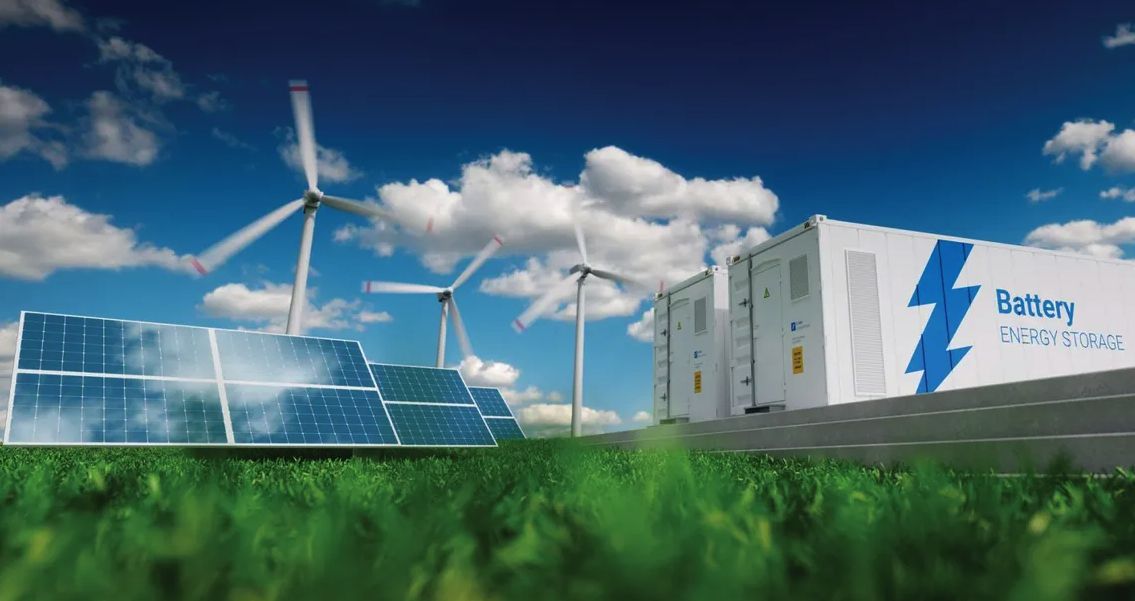
The transition from oil and gas to renewables has involved complicated technological research. Sustainable energy production has become a priority around the world. Although the transition has been slow, technological advancements are promising. When approaching an energy transition, leaders should consider all different possible avenues and their potential impacts. Many alternative energy sources are available, each with its own pros and cons.
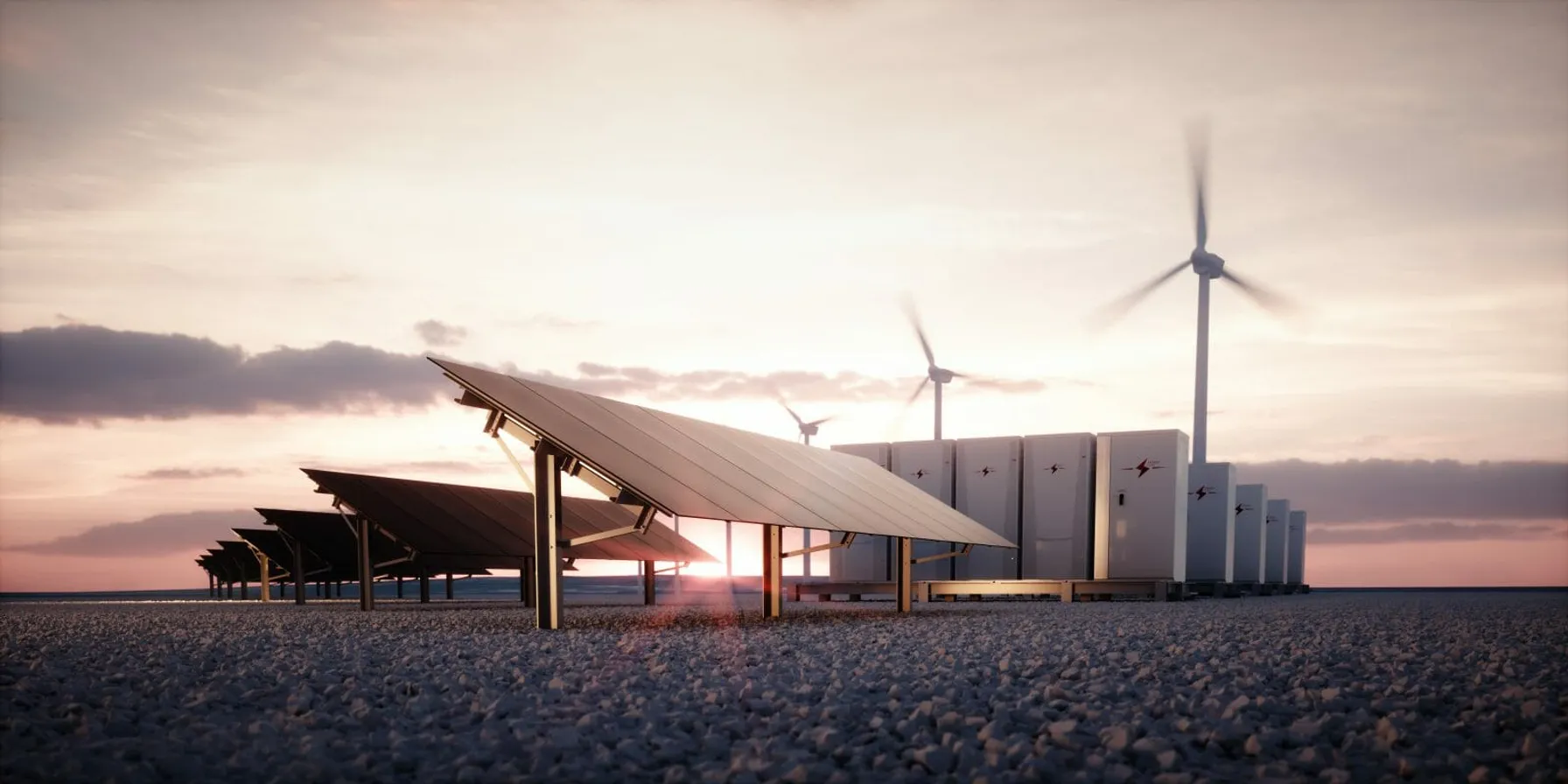
While NERC has recently published a reliability guideline addressing inverter-based resources generally, they are now giving more attention to the various potential uses of BESS to support effective implementation with newly released guidance.
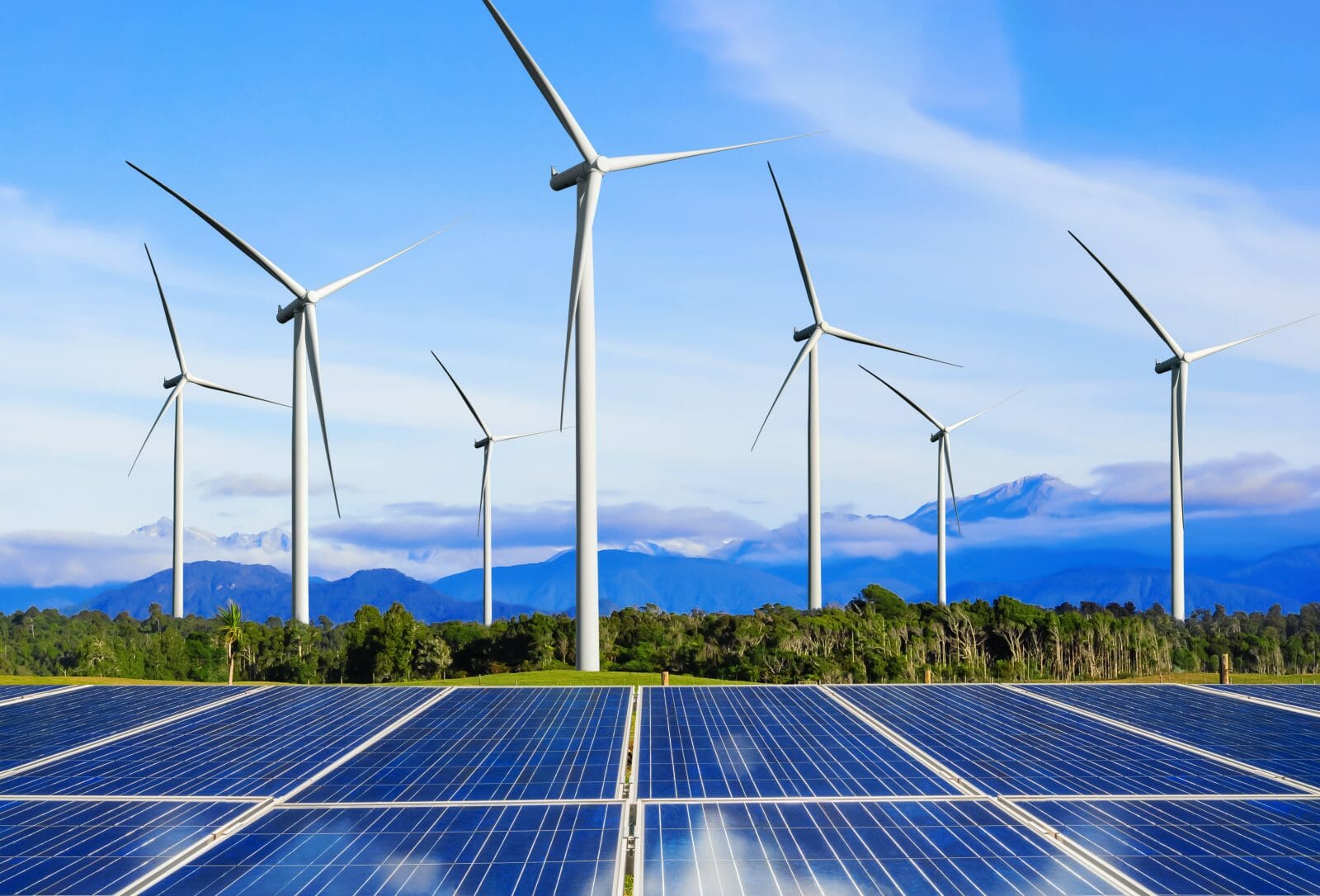
Close coordination when planning the electrical and civil design components of a renewable energy project is critical to development success. Working with a multi-disciplinary team can streamline approval processes and ensure optimum constructability.
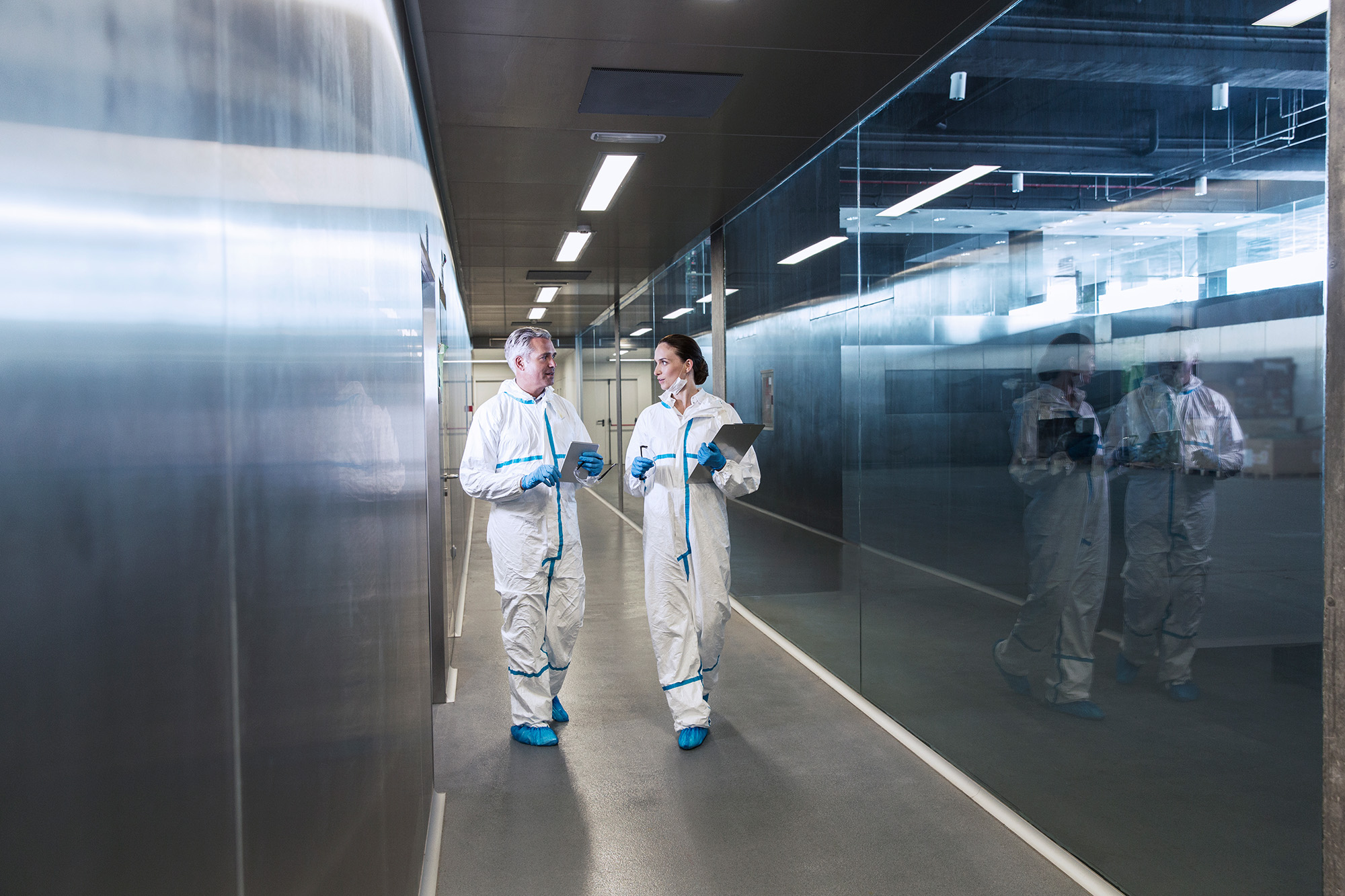
TRC Companies (“TRC”), a leading technology-driven provider of end-to-end engineering, consulting and construction management solutions, has acquired 1Source Safety and Health, a firm that provides management consulting services in areas such as indoor air quality, asbestos management, industrial hygiene and safety management systems.
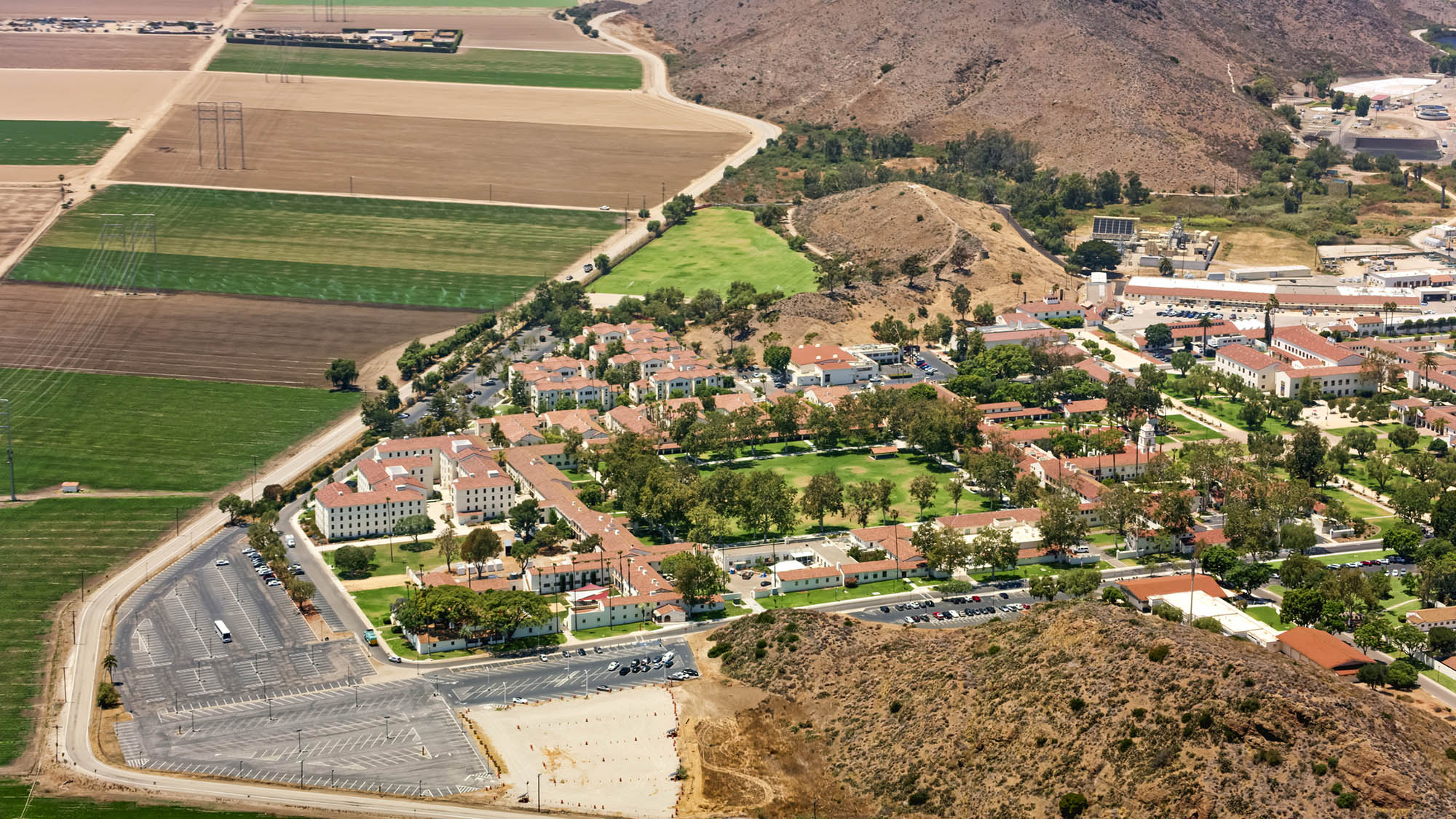
On October 28, the Camarillo City Council unanimously approved moving forward with the design of Hybrid Microgrids at five City facilities: City Hall, the Corporation Yard, Camarillo Public Library, Police Station, and Wastewater Treatment Plant. The microgrid at the Camarillo Public Library will be designed with solar+storage only, while the other four sites will employ a hybrid design of solar+storage+diesel.
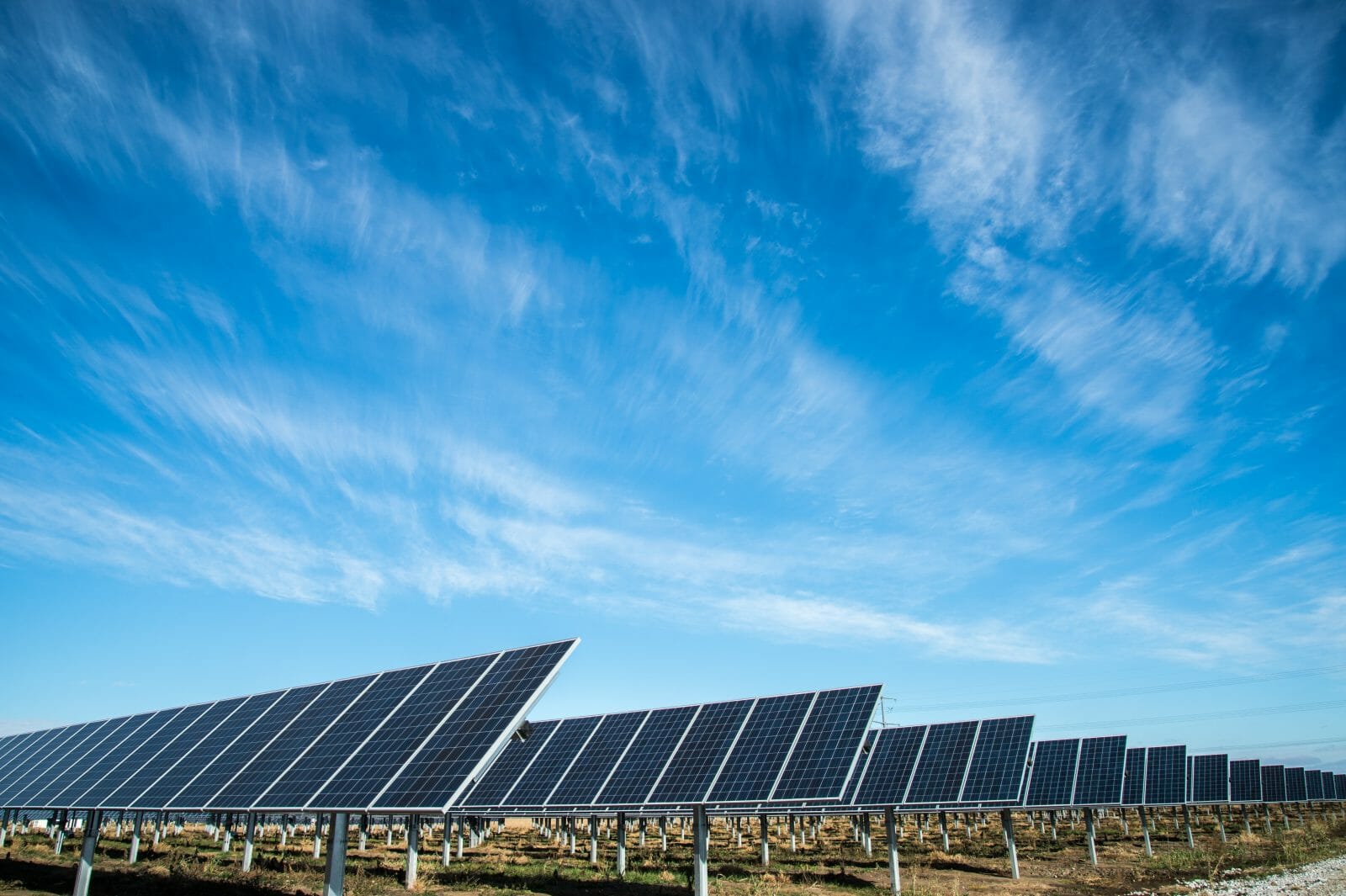
TRC’s Doug Kilmer talks to Energy News Network about the benefits of repurposing brownfields as sites for solar arrays: “For some of these properties, this is the best way to get them back on the tax rolls.”
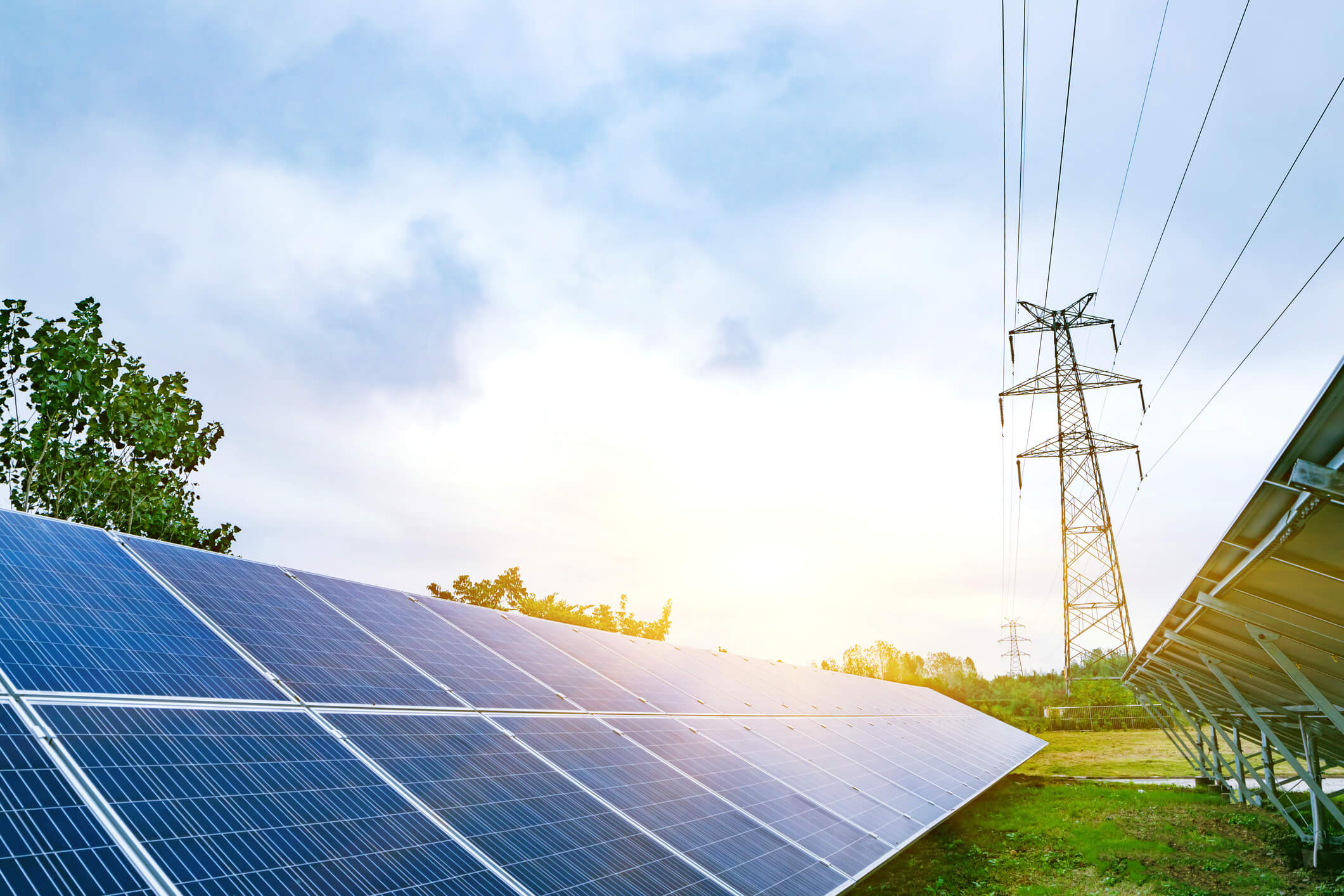
Renewable energy systems have dramatically changed the power generation resource mix. These new generation technologies no longer involve directly coupled rotating generators which were once standard in the industry. Now, inverters that change Direct Current (DC) electricity to the Alternating Current (AC) electricity suitable for delivery via AC transmission systems are becoming more prevalent, raising reliability…
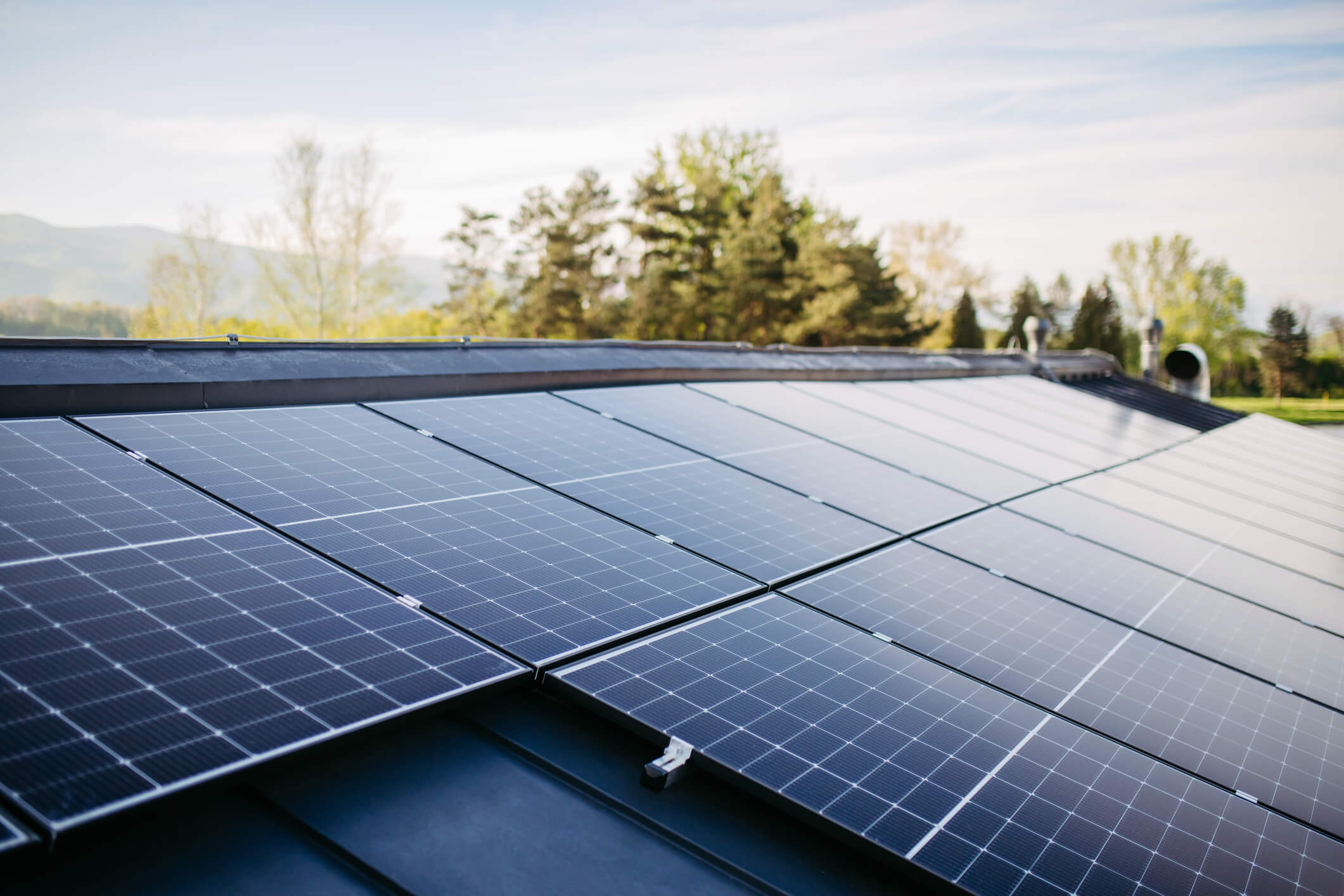
NERC has released a report documenting its findings and recommendations related to reliability risks from utility scale solar generation projects with implications for PRC-024 compliance, as well as generation, interconnection and protection system technologies.

Growth in solar power creates challenges for both project proponents and utilities. TRC has reviewed hundreds of interconnection applications for utility partners, and we’ve learned important strategies for reducing the time and costs associated with interconnecting projects 1 megawatt or greater.
"*" indicates required fields


